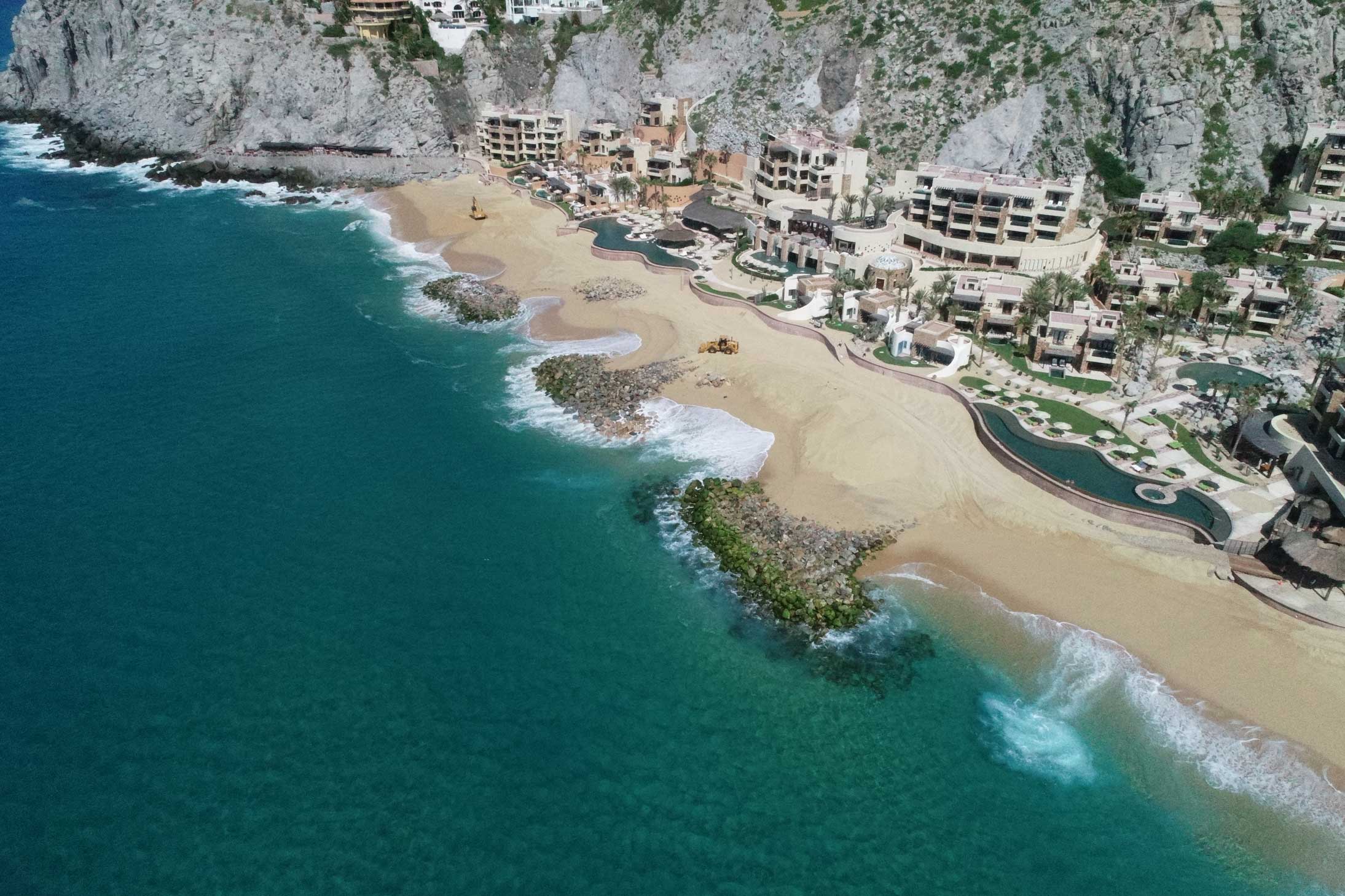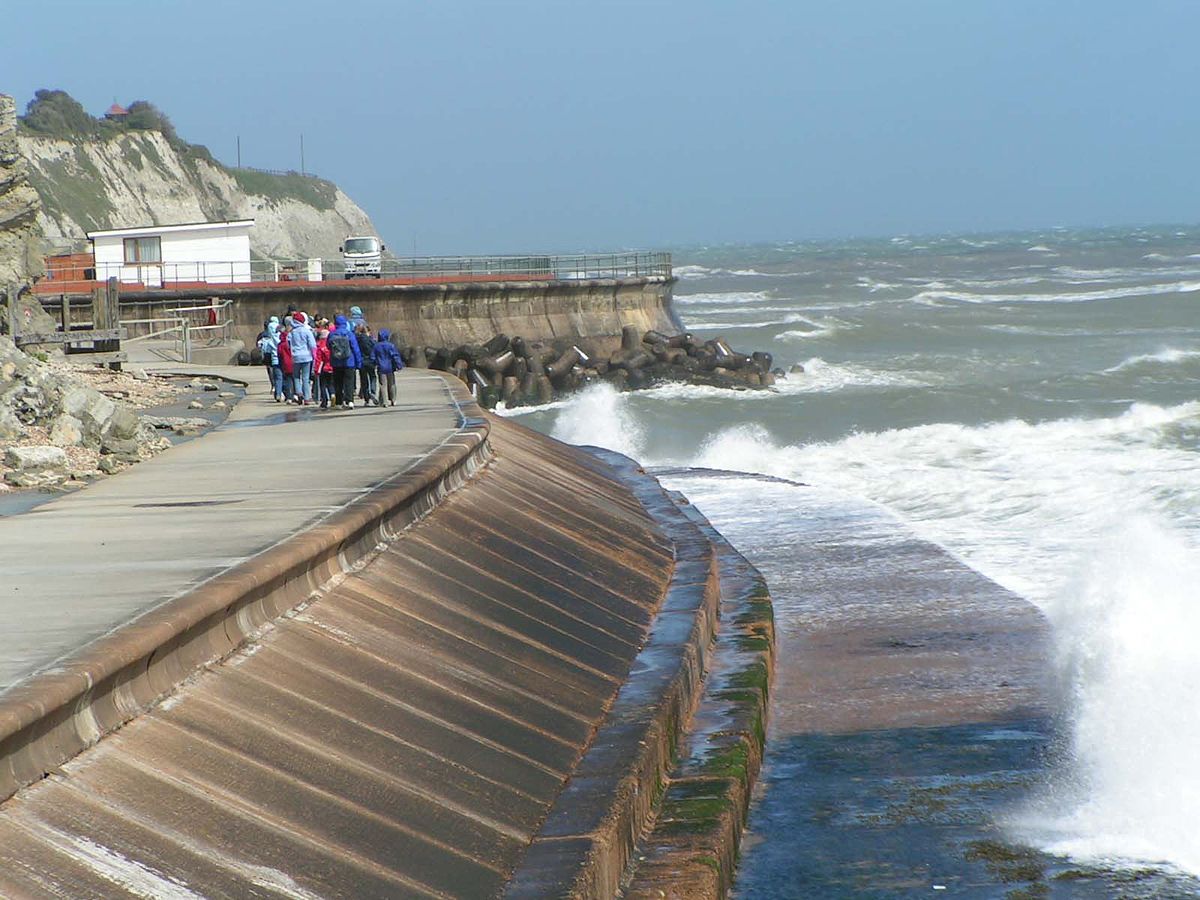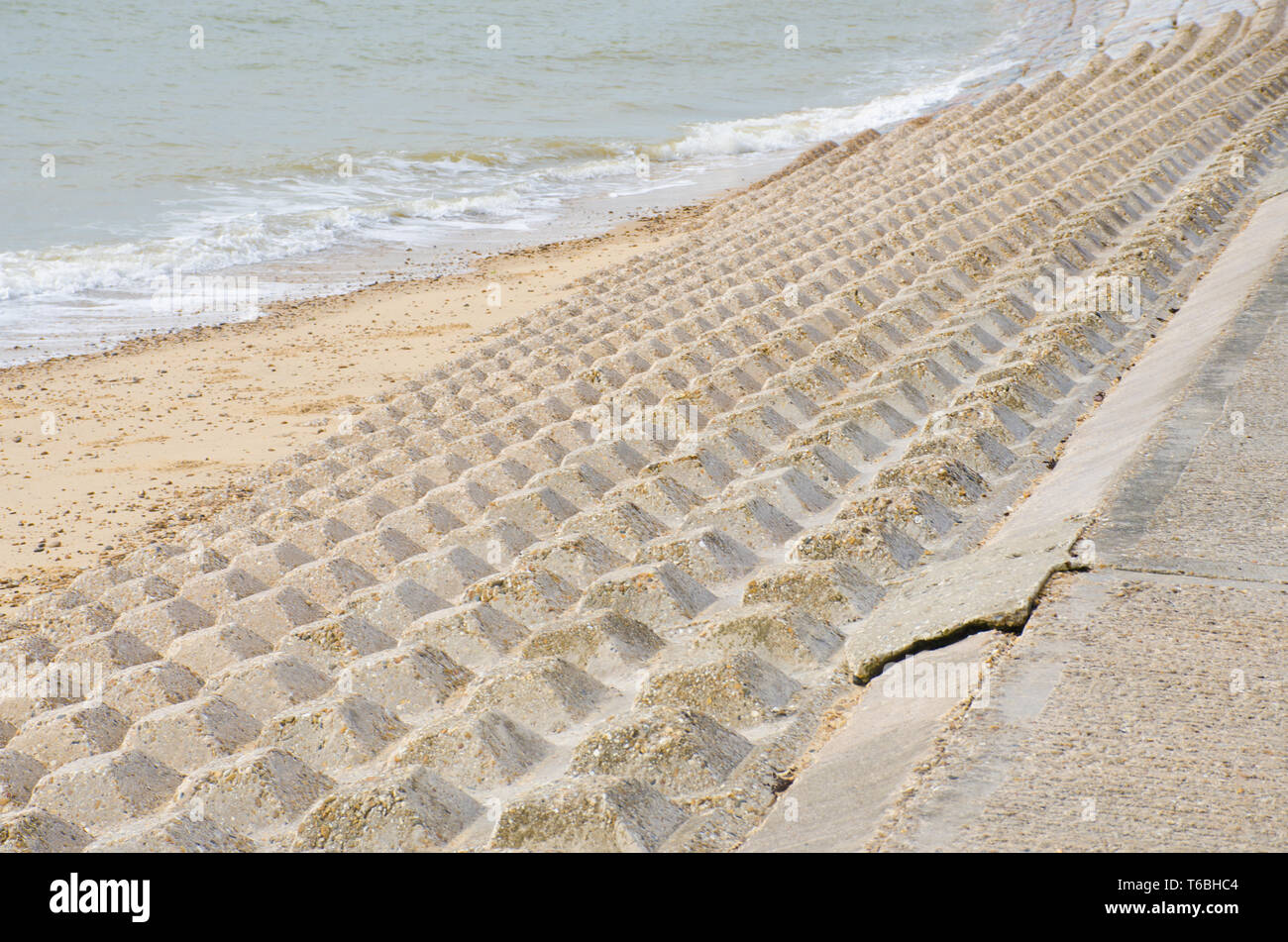Shore Protect Team for Dummies
Table of ContentsShore Protect Team - An OverviewThe 10-Second Trick For Shore Protect TeamIndicators on Shore Protect Team You Need To Know10 Easy Facts About Shore Protect Team ShownMore About Shore Protect TeamThe smart Trick of Shore Protect Team That Nobody is DiscussingThe smart Trick of Shore Protect Team That Nobody is Discussing
Decrease in building worth: As the location tourism is influenced by erosion, so after that is the economy. Customers are much less likely to look for a coastline house that could be destroyed at any kind of minute by the upcoming flooding and erosion emergency. Subsequently, residential property worth can go down tremendously and impact the whole area.Whether a coastline is simply small and congested or has to shut completely for the security of the ecological community and close-by homes, this considerably impacts tourist. Subsequently, local economies are impacted (https://www.cleansway.com/katy/business/shore-protect-team). Danger of injury: The increased threat of flooding and architectural failures triggers a raised danger of injury to nearby travelers and community participants

Coastline stablizing is directly relevant to their job. Waterside resorts: Since shoreline erosion influences tourist, it influences the success of waterfront hotels.
The smart Trick of Shore Protect Team That Nobody is Talking About
This ultimately results in closures and deserted beachfront homes. Coastal business services: No vacationers suggests no organization. For those companies providing to citizens, their property goes to risk of damages from disintegration and flooding. Coastal state parks: State parks that exist along coasts are at threat of damage. Not just to the manufactured structures and residential properties on website, yet also to the all-natural ecosystems that exist within.
Tough stabilization makes use of synthetic frameworks as protection to manage erosion. A lot of kinds of difficult stabilization like seawalls and sheet metal are not ideal for shoreline stablizing.
Shore Protect Team Fundamentals Explained
There's also inadequate proof of their efficiency depending upon the kind of shoreline and neighborhood problems. Hard stablizing methods tend to be more tough to install and do not match the natural aesthetic, sticking out like a sore thumb and hurting local communities in numerous situations. Beach nourishment is the process of including lost sand and debris back to beaches after disintegration has happened.
TrapBags aid in the procedure of coastline nourishment by safeguarding natural ecological communities and permitting plants to grow. While this procedure can be expensive and is not permanent, the pros tend to surpass the disadvantages. TrapBag barriers deal many buildings that make them excellent for seaside and riverbank erosion defense. They're: Eco-friendly: You can make use of native soil both to border and to load the TrapBags.

The Buzz on Shore Protect Team
Easy to install: Alleviate of setup implies TrapBags can be deployed quickly in case of an emergency. They can likewise be set up with no heavy equipment. Economical: TrapBags are suitable for both little and large locations of coastline. They offer an economical option to cover projects of any size.
Integrated with a high construction expense, this has actually caused boosting use other soft engineering coastal monitoring options such as beach replenishment. Seawalls are created from different products, a lot of commonly enhanced concrete, boulders, steel, or gabions. Various other possible building and construction products include vinyl, wood, aluminum, fiberglass composite, and eco-friendly sandbags made from jute and coir. The ideal seawall style relies on location-specific elements, consisting of surrounding disintegration procedures. There are 3 primary kinds of seawalls: vertical, rounded, tipped, and mounds (see table listed below). A report released by the United Nations Environment Programme (UNEP) recommends that the tidal wave of 26 December 2004 caused less damages in the locations where all-natural obstacles were present, such as mangroves, reef or coastal greenery.
Natural barriers, such as reef and mangrove forests, stop the spread of tidal waves and the circulation of coastal waters and minimized the flood and surge of water. A cost-benefit method is an effective way to determine whether a seawall is suitable and whether the advantages deserve the expense.
The Greatest Guide To Shore Protect Team
A seawall is a fixed feature which can contravene the vibrant nature of the shore and hamper the exchange of debris in between land and sea. The table listed below sums up some favorable and unfavorable impacts of seawalls which can be made use of when contrasting their efficiency with other coastal monitoring options, such as coastline nutrients. [] Advantages and disadvantages of seawalls according to Short (1999) Advantages Negative aspects Lengthy term solution in comparison to soft coastline sustenance.

This can create coastlines to dissipate, making them pointless for coastline goers. Normally, seawalls can be an effective means to control seaside disintegration, however only if they are created well and out of materials that can endure the force of ongoing wave power. Some understanding is required of the coastal procedures and morphodynamics details to the seawall area.
The Shore Protect Team PDFs
The proper seawall style counts on location-specific facets, including surrounding disintegration processes. There are 3 primary types of seawalls: upright, curved, tipped, and mounds (see table below).
Natural barriers, such as reef and mangrove woodlands, stop the spread of tsunamis and the flow of coastal waters and reduced the flooding and surge of water. A cost-benefit technique is an effective way to identify whether a seawall is suitable and whether the benefits are worth the cost.
See This Report about Shore Protect Team
A seawall is a fixed function which can clash with the vibrant nature of the shore and impede the exchange of sediment between land and sea. The table listed below sums up some positive and unfavorable impacts of seawalls which can be used when comparing their effectiveness with various other seaside monitoring options, such as beach nutrients. [] Benefits and negative aspects of seawalls according to Short (1999) Advantages Drawbacks Long-term solution in comparison to soft coastline nutrients. dock and bulkhead construction.

This can trigger beaches to dissipate, rendering them worthless for coastline goers. Usually, seawalls can be a successful way to control seaside disintegration, yet just if they are created well and out of materials that can hold up against the pressure of recurring wave power.